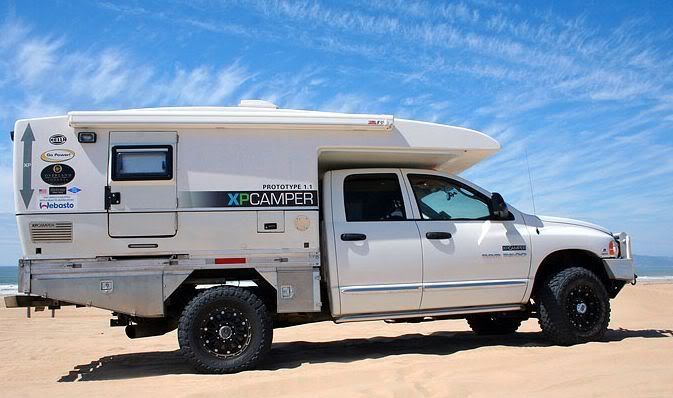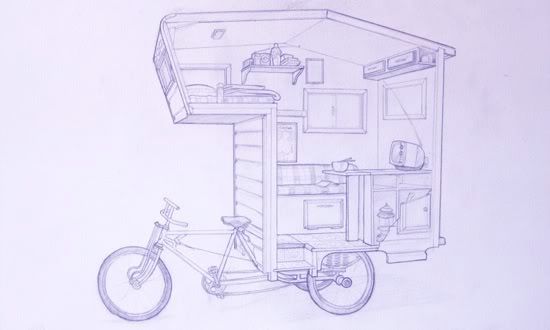I wasn't aware of the Eco-Roamer. That thing is a beast; I like it! But, can you imagine trying to get it down the narrow streets of some towns, especially in Europe?
Yes, I know what you mean, it might get interesting. Then again most of Europe has Lorries of equal size, you just do not go on the smaller roads is all. I got to go with them when they did a portion of the White Rim Trail, as well as Shafer switchbacks. It was really impressive what they could do with that massive truck on some hair-pin turns, and narrow roads.
As for the concern about the ECO name. Well, it is silly, to me, that so many get in a bunch about that (not saying anyone here did). First I think it is total crap for people to claim they are eco friendly because they planted some trees to "off set" their fossil fuel usage. If you were Eco friendly you would do that anyway.
No, the Eco Roamer is ECO because they used sustainable materials for the construction, such as bamboo, and there counter tops are made out of recycled paper mixed with a resin that hardens it into a counter. They try to use Bio fuel, and such like that. Aside from all of that the thing has a tiny ecological footprint when compared to someone living in a house driving a Honda.
Personally I would need the comfort of a nice size vehicle. I would never go with a lift roof that had soft sides. Inclement weather makes that sound horrible to me!
Whatever vehicle it was, it would have to have four captains chairs, and it would have to have a pass through to the rest of the camper. It would also have to have a cage that could easily block off the pass through with a lock, but not be in the way the rest of the year. One guy I saw made steps up to the cab over that were of iron and could pad lock to the floor effectively blocking the pass through. Another made the bathroom door dang near bullet proof, and again it could be locked in the open position and thus blocking the pass through. The reason I would do that is because I know I am going to RO-RO, or flatbed ship the vehicle, no containers for me therefore keeping people locked out is important.
Another big one for me is that the windows be high enough to make it very hard to break into if I am parked at a hotel or store for a while. I have even seen people with bars on their windows, I might be willing to consider that, not sure yet.
You should get onto Google Sketch up and give us some pictures of what you are thinking of to date. (please)
Cheers





